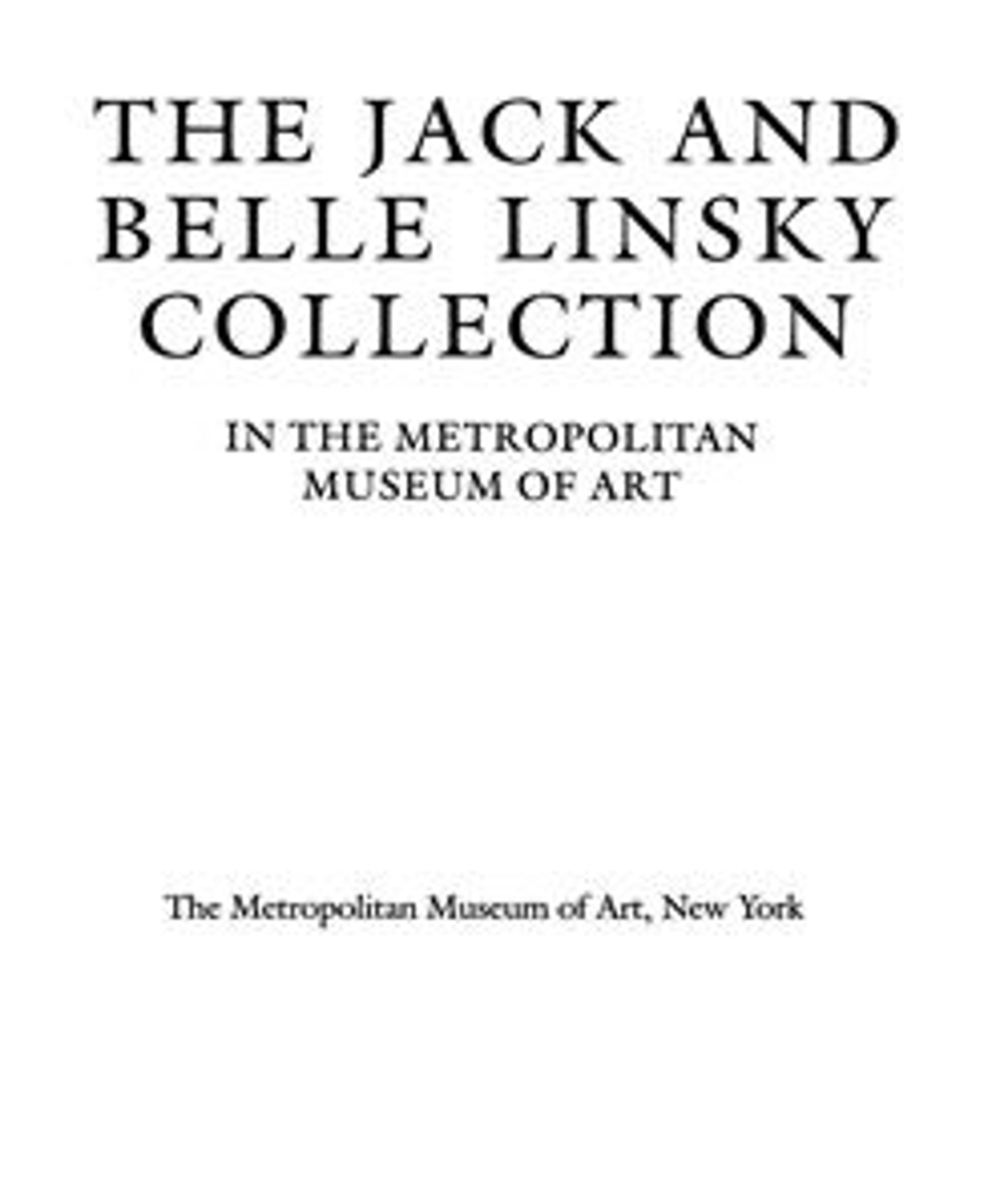Pendant in the form of a centaur
Baroque pearls provided a special challenge to the imagination of the Renaissance goldsmith. The rather difficult shape of this irregular pearl has been used in an ingenious way to suggest the hybrid form of the centaur, the half-human, half-equine creature of classical myth. The base of the jewel incorporates an earlier piece of gold filigree work in a lobed pattern associated with Hispano-Moresque design. In addition, although reenameled, it displays traces of the dull enameled colors used by Hispano-Moresque goldsmiths. The jewel-decorated band on the side of the base, the chains, and the canopy from which the chains are suspended are later additions.
Artwork Details
- Title:Pendant in the form of a centaur
- Date:late 16th–early 17th century
- Culture:possibly Spanish
- Medium:Baroque pearl with enameled gold mounts set with sapphires and rubies, and with pendent pearls
- Dimensions:Height: 3 1/2 in. (8.9 cm)
- Classifications:Jewelry, Metalwork-Gold and Platinum
- Credit Line:The Jack and Belle Linsky Collection, 1982
- Object Number:1982.60.381
- Curatorial Department: European Sculpture and Decorative Arts
More Artwork
Research Resources
The Met provides unparalleled resources for research and welcomes an international community of students and scholars. The Met's Open Access API is where creators and researchers can connect to the The Met collection. Open Access data and public domain images are available for unrestricted commercial and noncommercial use without permission or fee.
To request images under copyright and other restrictions, please use this Image Request form.
Feedback
We continue to research and examine historical and cultural context for objects in The Met collection. If you have comments or questions about this object record, please contact us using the form below. The Museum looks forward to receiving your comments.
